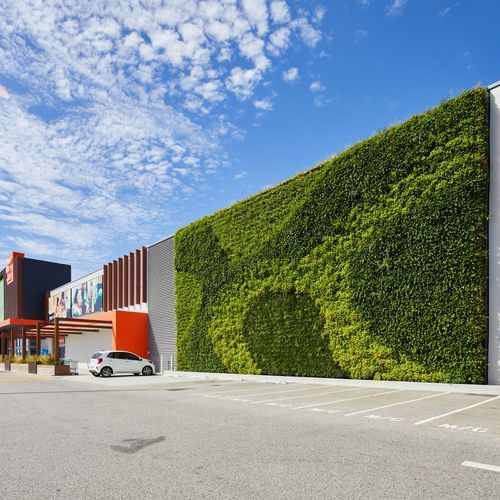Vertical Gardens
Vertical Garden has gradually become one of the most popular trends in urban environmental design. A Planted Wall raises both curb appeal and sustainability values, as a way to bypass the lack of green areas in cities. Our offer at ArchiPro keeps growing with the selection of living green walls with different benefits, suitable for a whole range of spaces.
FAQs
Why ArchiPro?
No more endless searching -
Everything you need, all in one place.Real projects, real experts -
Work with vetted architects, designers, and suppliers.Designed for Australia -
Projects, products, and professionals that meet local standards.From inspiration to reality -
Find your style and connect with the experts behind it.Start your Project
Start you project with a free account to unlock features designed to help you simplify your building project.
Learn MoreBecome a Pro
Showcase your business on ArchiPro and join industry leading brands showcasing their products and expertise.
Learn More
